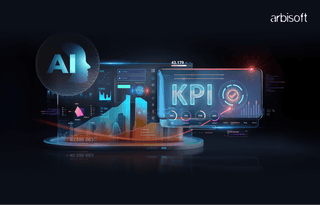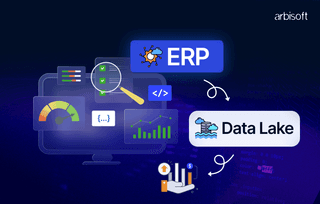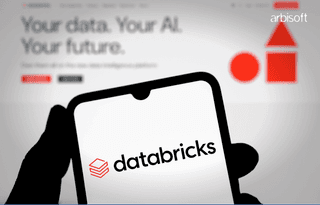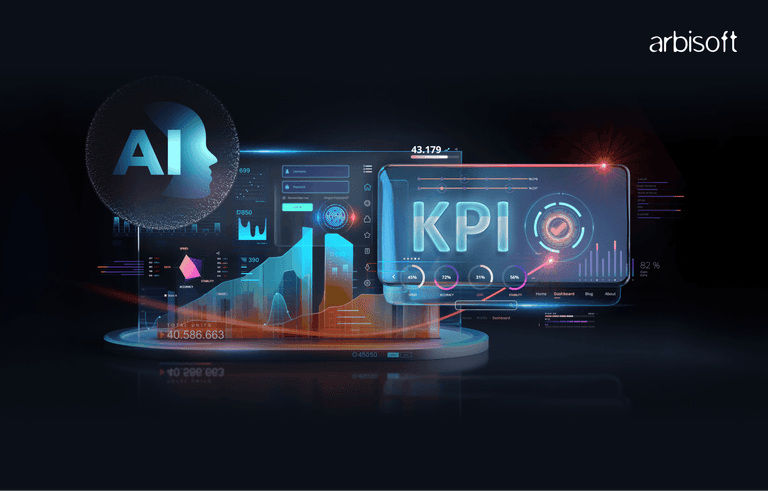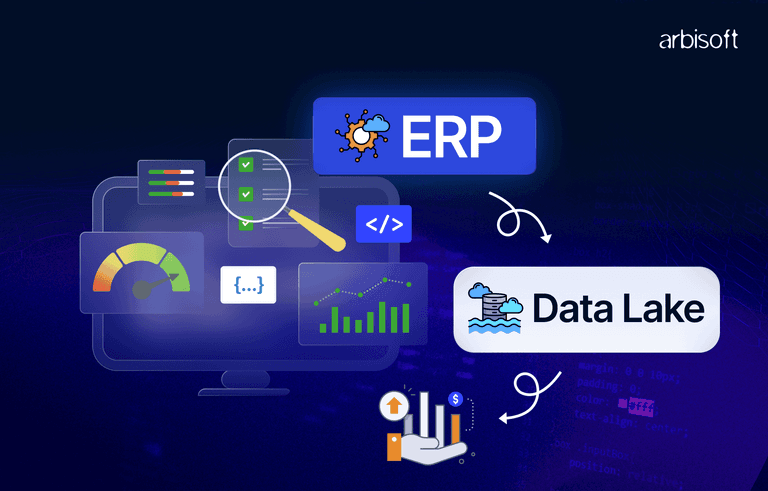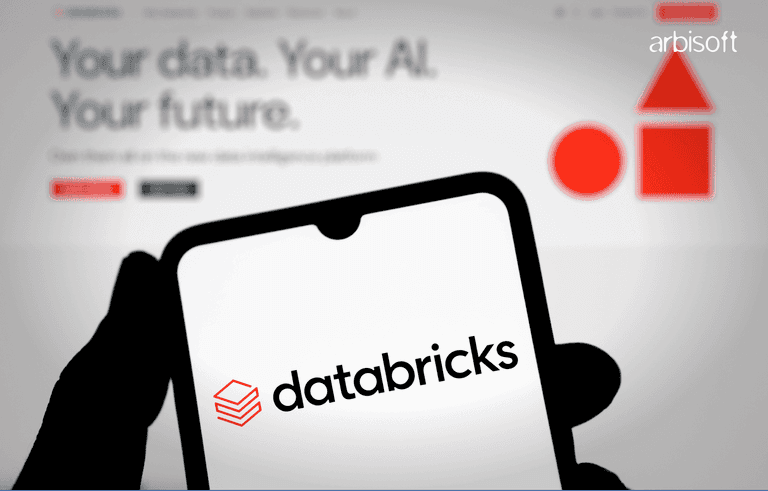We put excellence, value and quality above all - and it shows




A Technology Partnership That Goes Beyond Code

“Arbisoft has been my most trusted technology partner for now over 15 years. Arbisoft has very unique methods of recruiting and training, and the results demonstrate that. They have great teams, great positive attitudes and great communication.”
What is a Product Roadmap? Examples and Best Practices for Software Teams
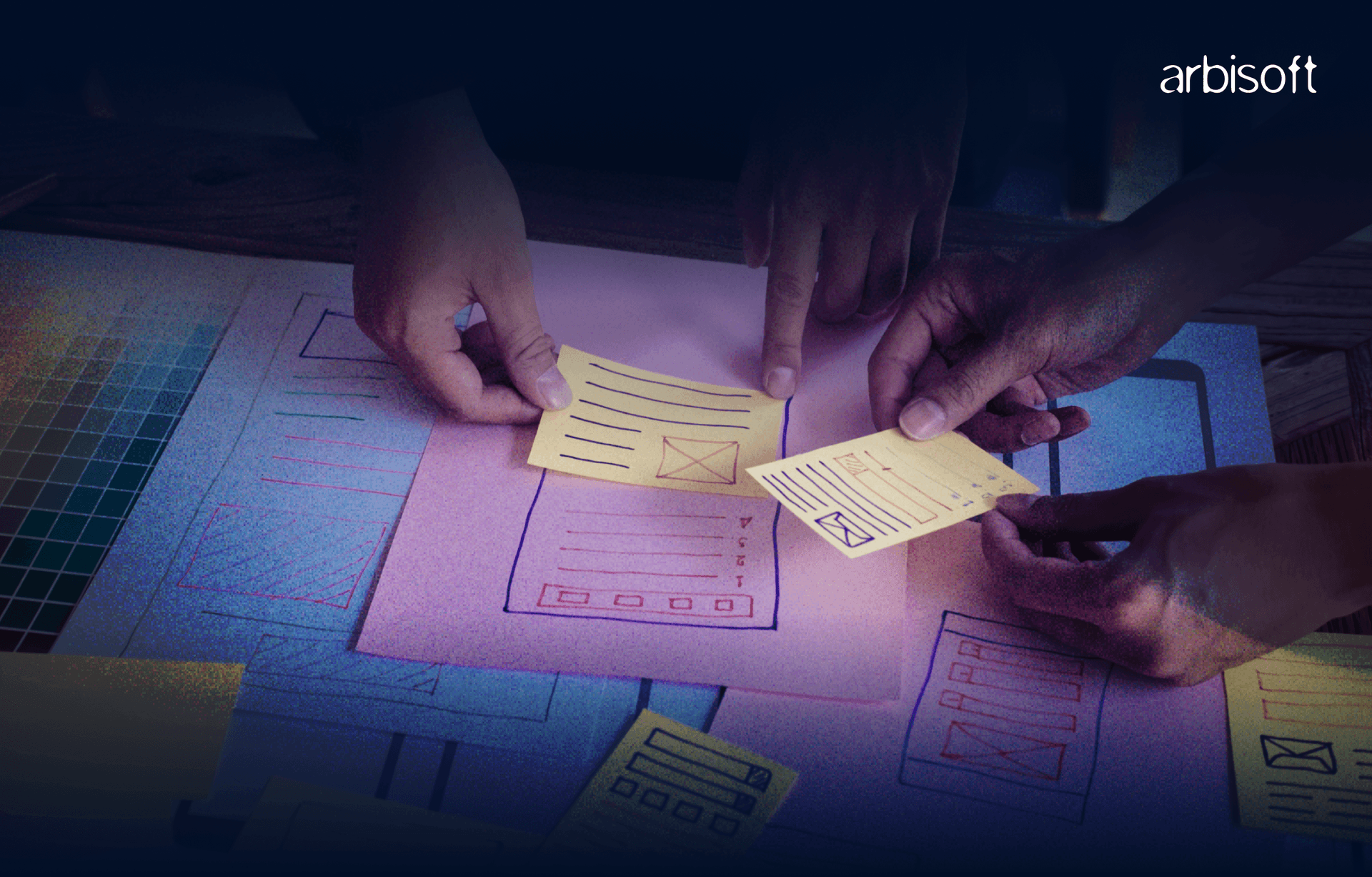
Building a successful product requires more than just great ideas—it needs a clear direction. A well-structured product roadmap provides the necessary guidance to ensure teams stay focused, initiatives are aligned with business goals, and development remains on track.
In this blog, we’ll cover:
- What a product roadmap is (and what it isn’t)
- Types of product roadmaps
- Best practices for building a roadmap that actually works
What is a Product Roadmap?
A product roadmap is a high-level plan that outlines the vision, direction, and priorities of a product over time. It acts as a strategic guide for software teams, helping them align on what to build, why, and when.
But here’s the thing—roadmaps are not set in stone. They evolve as priorities shift, user needs change, and market conditions fluctuate. A great product roadmap balances long-term strategy with short-term execution while ensuring alignment across product, engineering, design, and business teams. Think of it as a narrative—it should tell a compelling story of why the product is evolving in a certain direction and help teams make informed decisions.
A product roadmap is not just a list of features or a backlog of tasks. It is a strategic tool that communicates how a product will evolve to meet business goals and user needs.
A good roadmap:
- Aligns stakeholders on priorities and expectations
- Provides a timeline for feature delivery (without being overly rigid)
- Focuses on outcomes rather than just outputs
- Is adaptable and revised based on feedback
What a Product Roadmap is Not:
- A feature wishlist – It’s not just about adding more features; it should be tied to product goals.
- A commitment to deadlines – While it provides a timeline, it’s not a fixed delivery schedule.
- A project plan – Roadmaps focus on strategy; execution details live in sprint planning tools.
Types of Product Roadmaps
1. Strategic Roadmap
Used by executives and leadership teams to align on long-term goals. It focuses on high-level initiatives rather than specific features. These roadmaps help organizations set a clear direction for product growth and ensure that development aligns with business objectives. A strategic roadmap typically spans a longer time frame, such as a year or more, and provides insight into the company’s vision and competitive positioning.
2. Feature Roadmap
Used by engineering and product teams, this roadmap outlines what features will be built and their approximate timelines. Feature roadmaps are crucial for ensuring product development stays on track and aligns with user needs. They typically include detailed breakdowns of planned features, dependencies, and anticipated release dates, helping cross-functional teams coordinate effectively.
3. Now-Next-Later Roadmap
A flexible roadmap format that groups initiatives based on priority rather than specific dates. This is great for agile teams that need adaptability. Instead of committing to fixed delivery timelines, this roadmap structure allows teams to focus on what is most important at the moment while keeping an eye on future goals. It helps ensure continuous iteration and responsiveness to changing market demands or customer feedback.
4. Customer-Facing Roadmap
A simplified version of the roadmap that is shared with customers to communicate upcoming features and keep them engaged. This type of roadmap provides transparency into future product developments and helps manage customer expectations. By showcasing planned features and enhancements, companies can build trust with users and gather valuable feedback before launching new functionalities.
A great example of a customer-facing roadmap is ClickUp’s roadmap.
Best Practices for Creating a Product Roadmap
Creating a clear, actionable, and effective product roadmap is part science, part art. Here are some best practices to keep in mind:
1. Start with the "Why"
Every item on the roadmap should be tied to a business goal. Instead of listing features, explain why they matter.
Example: Instead of saying "Add AI chatbot", say "Reduce customer support response time by 40% with an AI chatbot."
2. Prioritize Ruthlessly
You can’t build everything at once. Use prioritization frameworks like:
- MoSCoW (Must Have, Should Have, Could Have, Won’t Have) for granular feature-level prioritization.
- RICE (Reach, Impact, Confidence, Effort) to evaluate features based on data.
For a deeper dive into how these prioritization frameworks work in practice, check out this blog on Prioritization Frameworks for Product Managers.
3. Keep it Flexible
Your roadmap should be a living document. Market changes, customer feedback, or unexpected technical challenges might shift priorities.
Tip: Use a rolling roadmap that extends 3-6 months ahead rather than planning an entire year in advance.
4. Get Stakeholder Buy-In
A roadmap isn’t just for product managers—it needs alignment across engineering, design, marketing, and leadership.
How to do it?
- Hold roadmap review meetings
- Get early feedback from key stakeholders
- Use data to justify prioritization decisions
5. Communicate the Roadmap Clearly
A roadmap should be easy to understand at a glance. Use visuals like:
- Gantt charts for feature timelines
- Kanban boards for Now-Next-Later roadmaps
- Tables for initiative breakdowns
6. Balance Short-Term and Long-Term Goals
Roadmaps should balance quick wins (high impact, low effort) with big bets (high impact, high effort).
Example:
- Quick Win: Improve search functionality
- Big Bet: Build an AI-powered recommendation engine
7. Regularly Review and Update the Roadmap
A roadmap isn’t a one-and-done document. Set a cadence for review (e.g., monthly or quarterly) to ensure it’s still aligned with business goals.
Final Thoughts
A well-crafted product roadmap is more than just a plan—it’s a strategic tool that aligns teams, drives decision-making, and keeps development focused on meaningful outcomes. Whether you’re building a high-level strategic roadmap for leadership or a feature roadmap for engineering, the key is to maintain clarity, flexibility, and a strong connection to business goals.
The best roadmaps evolve with feedback, market shifts, and company priorities. They provide direction without being rigid, ensuring teams stay adaptable while still working toward a shared vision. By following best practices—prioritizing ruthlessly, keeping stakeholders aligned, and regularly updating your roadmap—you can create a product development process that is both structured and agile.
At the end of the day, a great roadmap isn’t just about delivering features—it’s about delivering value. Keep that at the core of your roadmap strategy, and you’ll set your team up for long-term success.








